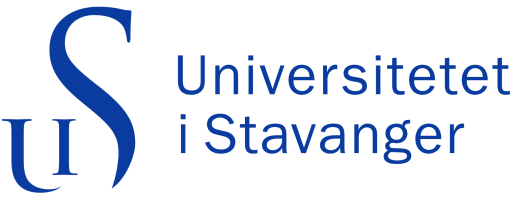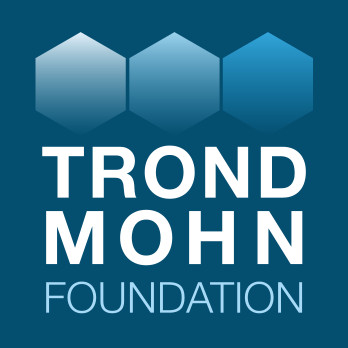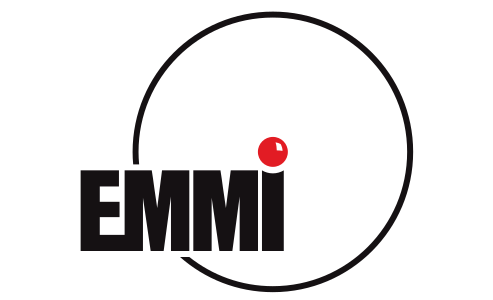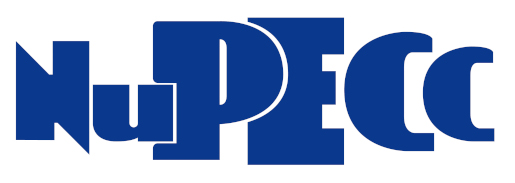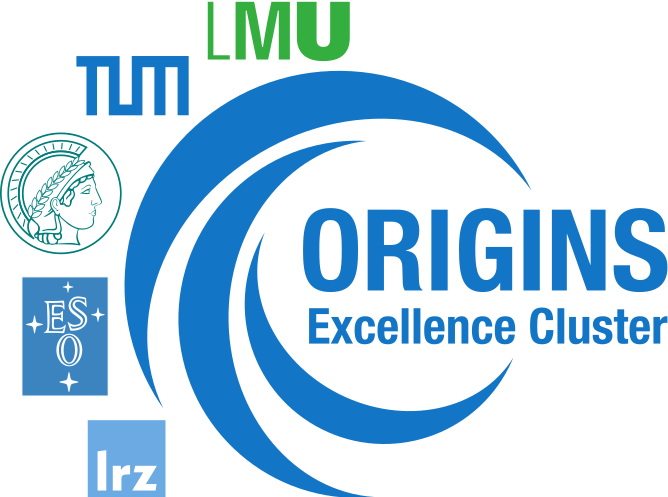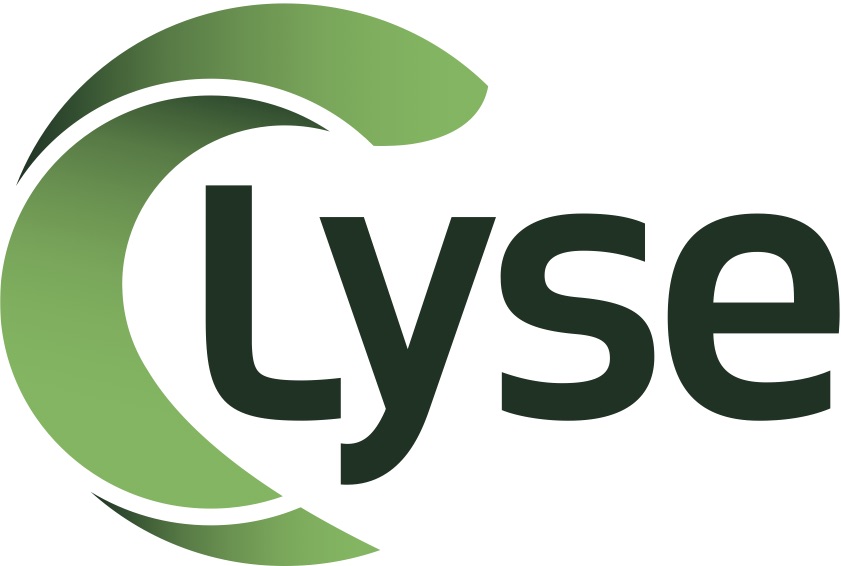The XVth Quark confinement and the Hadron spectrum conference
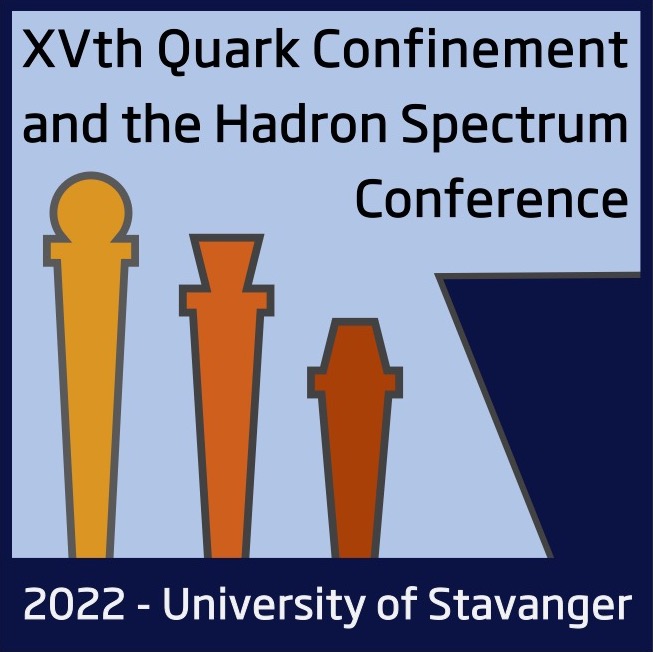
August 1st - 6th, 2022
University of Stavanger, Norway [ in person - free plenary streams ]
Timetable and maps via our Indico site.
Open-access Proceedings available online.
About the conference series
Quark Confinement and Hadron Spectrum conference
Inaugurated in 1994 in Como, Italy, this series of conferences has become an important forum for scientists working on strong interactions, stimulating exchanges among theorists and experimentalists as well as across related fields.
The aim of the conference is to bring together people working on strong interactions from different approaches, ranging from lattice QCD to perturbative QCD, from models of the QCD vacuum to QCD phenomenology and experiments, from effective theories to physics beyond the Standard Model.
The scope of the conference also includes the interface between QCD, nuclear physics and astrophysics, and the wider landscape of strongly coupled physics. In particular, the conference will focus on the fruitful interactions and mutual benefits between QCD and the physics of condensed matter and strongly correlated systems.
The fifteenth edition of this conference series will be jointly hosted by the University of Stavanger and the Academy of Science Stavanger. The event will take place at the Ullandhaug Campus of the University of Stavanger, Norway, between August 1st - 6th, 2022.
The aim of the conference is to bring together people working on strong interactions from different approaches, ranging from lattice QCD to perturbative QCD, from models of the QCD vacuum to QCD phenomenology and experiments, from effective theories to physics beyond the Standard Model.
The scope of the conference also includes the interface between QCD, nuclear physics and astrophysics, and the wider landscape of strongly coupled physics. In particular, the conference will focus on the fruitful interactions and mutual benefits between QCD and the physics of condensed matter and strongly correlated systems.
The fifteenth edition of this conference series will be jointly hosted by the University of Stavanger and the Academy of Science Stavanger. The event will take place at the Ullandhaug Campus of the University of Stavanger, Norway, between August 1st - 6th, 2022.
Past editions
2 August - 6 August 2021, virtual (Stavanger)
31 July - 6 August 2018, Maynooth, Ireland
28 August - 4 September 2016, Thessaloniki, Greece
8 - 12 September 2014, Saint Petersburg, Russia
8-12 October 2012, Munich, Germany
30 August-3 September 2010, Madrid, Spain
1 - 6 September 2008, Mainz, Germany
2 - 7 September 2006, Acores, Portugal
2004, Sardinia, Italy
2002, Gargano, Italy
2000, Wien, Austria
1998, TJNAF, Newport News, USA
1996, Como, Italy
1994, Como, Italy
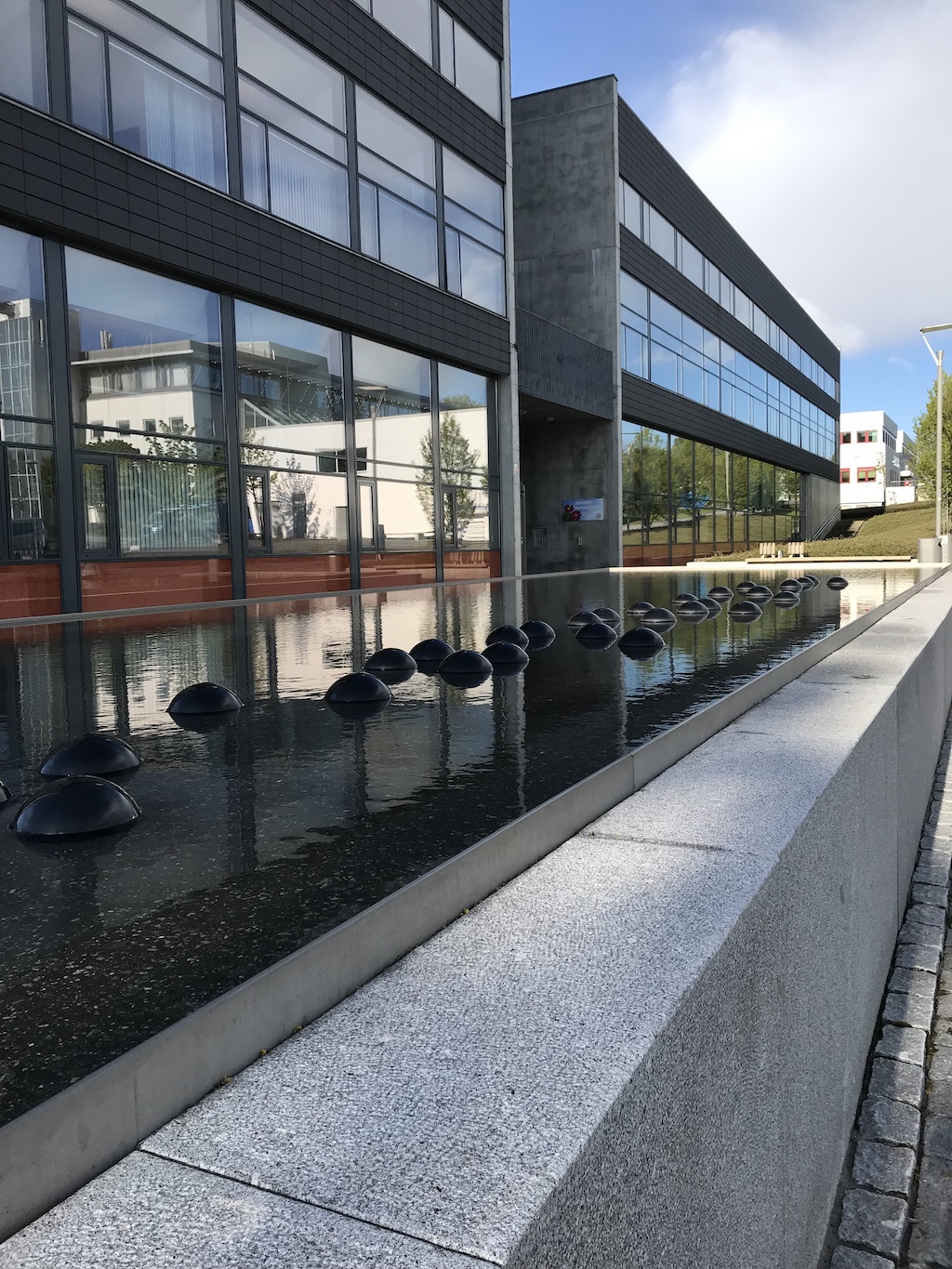
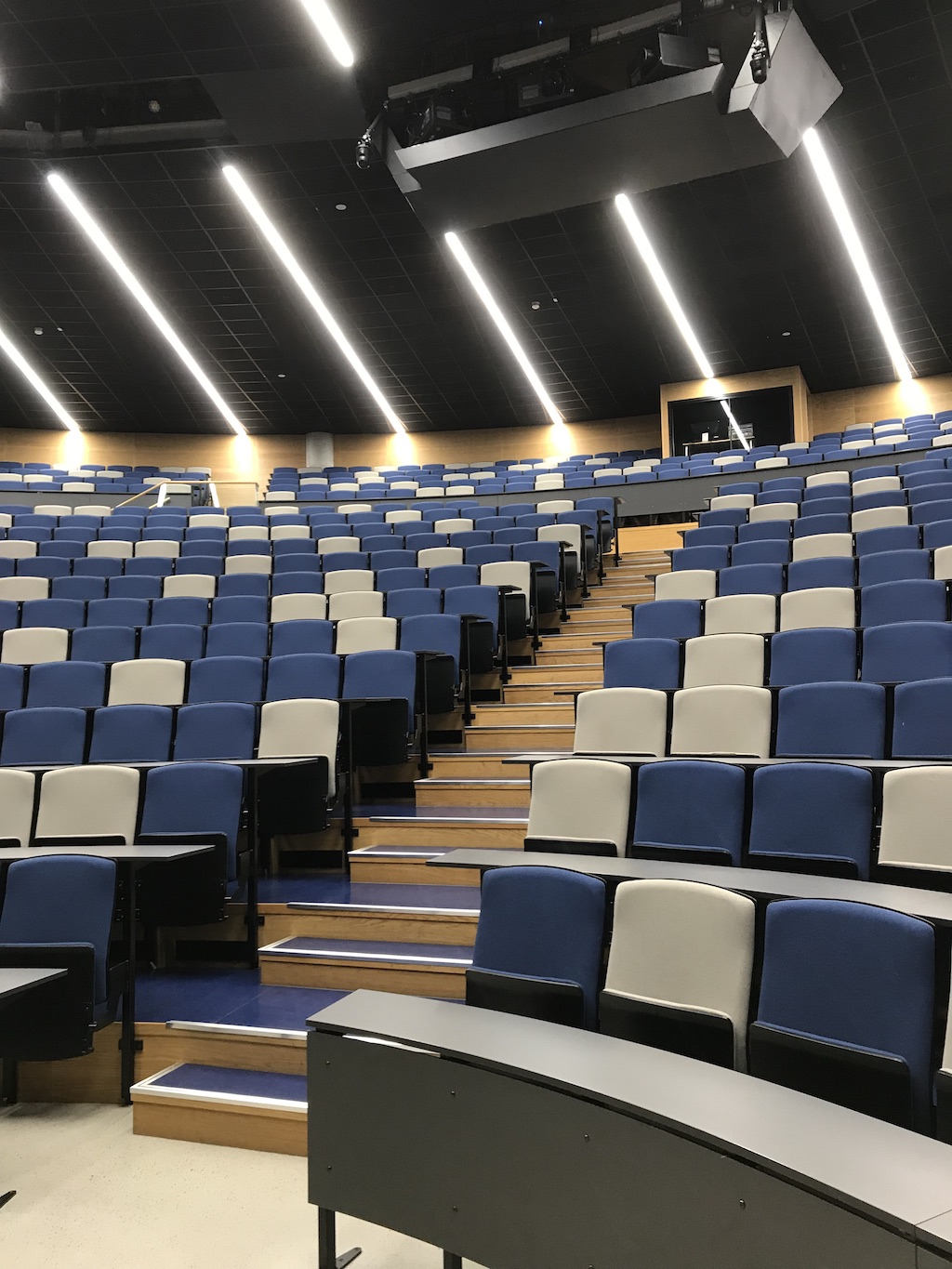
Scientific program
A: Vacuum structure and confinement
Mechanisms of quark confinement (vortices, monopoles, calorons...) and the structure of the vacuum in non-Abelian gauge theories. Chiral symmetry breaking, and the Dirac spectrum in the low-momentum region. Studies of ghost and gluon propagators. Confining strings and flux tubes, their effective actions. Renormalons and power corrections. Interface between perturbative and nonperturbative physics.
Conveners: D. Antonov (ITP, U. Heidelberg), F. Assaad (U. Würzburg), M. Faber (TU Vienna), J. Greensite (San Francisco State U), T. Schäfer (North Carolina State U)
Parallel sessions for track A mainly take place in the EOJ auditorium, but in addition some take place in the AR building room G-202. Make sure to check the indico timetable.
B: Light quarks
Chiral and soft collinear effective theories; sum rules; lattice calculations; Schwinger-Dyson equations; masses of light quarks; light-quark loops; phenomenology of light-hadron form factors, spectra and decays; structure functions and generalized parton distributions; exotics and glueballs; experiments.
Conveners: J. Goity (Hampton U.), B. Ketzer (Bonn U.), M. Constantinou (Temple U.) H. Sazdjian (IJCLab, Orsay), I. Scimemi (U. Complutense de Madrid), N. G. Stefanis (Ruhr U. Bochum)
Parallel sessions for track B take place in the AR building room G-001.
C: Heavy quarks
Heavy-light mesons, heavy quarkonia, heavy baryons, heavy exotics and related topics: phenomenology of spectra, decays, and production; effective theories for heavy quarks (HQET, NRQCD, pNRQCD, vNRQCD, SCET); sum rules for heavy hadrons; lattice calculations of heavy hadrons; heavy-quark mass determinations; experiments.
Conveners: H.S. Chung (Korea U.), R. Mussa (INFN Torino), J. Soto (U. Barcelona), A. Vairo (TU Munich)
Parallel sessions for track C take place in the AR building room Ø-110.
D: Deconfinement
QCD at finite temperature; quark-gluon plasma detection and characteristics; jet quenching; transport coefficients; lattice QCD and phases of quark matter; QCD vacuum and strong fields; heavy-ion experiments. experiments.
Conveners: P. Foka (GSI), J. Ghiglieri (SUBATECH, Nantes), P. Petreczky (BNL), A. Vuorinen (U. Helsinki)
Parallel sessions for track D mainly take place in the AR building room Ø-120, but in addition some take place in the AR building room G-202. Make sure to check the indico timetable.
E: QCD and New Physics
Physics beyond the Standard Model from hadronic physics, including precision experimental data and precision calculations.
Conveners: W. Detmold (MIT), S. Gardner (U. Kentucky), M. Gersabeck (U. Manchester), E. Mereghetti (LANL), M. Mikhasenko (TU-Munich), J. Portoles (IFIC, Valencia)
Parallel sessions for track E take place in the AR building room G-101.
F: Nuclear and Astroparticle Physics
Nuclear matter; nuclear forces; quark matter; neutron and compact stars.
Conveners: M. Alford (Washington U. St.Louis), D. Blaschke (U. Wroclaw), T. Cohen (U. Maryland), J. Marton (SMI Vienna), A. Schmitt (U Southampton), L. Tolos (ICE Barcelona)
Parallel sessions for track F take place in the AR building room Ø-130.
G: Strongly Coupled Theories
Hints on the confinement/deconfinement mechanisms from supersymmetric and string theories; strongly coupled theories beyond the Standard Model; applications of nonperturbative methods of QCD to other fields.
Conveners:D. Espriu (U. Barcelona), Z. Fodor (U. Wuppertal), S. Khalil (Zewail City U.), R. Pasechnik (Lund U.), E. Rinaldi (RIKEN iTHEMS), V. Vento (U. de Valencia)
Parallel sessions for track G take place in the AR building room V-101.
H: Statistical Methods for Physics Analysis in the XXI Century
Machine learning techniques; data fitting and extraction of signals; new developments in unfolding methods; averaging and combination of results.
Conveners: T. Dorigo (U. Padova), S.V. Gleyzer (U. Alabama), P. Shanahan (MIT), L. Tagliacozzo (U. Barcelona)
Parallel sessions for track H take place in the AR building room G-201.
All plenary presentations and round-table discussions are live-streamed (free of charge) for those, who cannot participate in person. You can find the streaming links on Indico
Confirmed Plenary Speakers:
Nora Brambilla (TU-Munich) - "Summary"
Vladimir Braun (Regensburg U.) - "Higher Twists"
Hee Sok Chung (Korea U.) - "Quarkonium production and polarization: where do we stand?"
Giacomo Cacciapaglia (Lyon U.) - "Strong Dark Matter"
Zohreh Davoudi (U. Maryland) - "Quantum simulations for QCD: where we are now and what is in reach"
Susan Gardner (U. Kentucky) - "QCD and BSM"
Nobuo Sato Gonzales (Jefferson Lab) - "Getting ready for the EIC"
Martin Hoferichter (U. Bern) - "Interplay of nuclear physics, effective field theories, phenomenology, and lattice QCD in neutrino physics"
Kenta Itahashi (RIKEN) - "What can pionic atoms tell us about the QCD vacuum"
Nicolo Jacazio (U. Bologna) - "Heavy ion collisions as a tool: which physics can be explored"
Derek Leinweber (Adelaide U.) - "Dynamical fermions, center vortices, and emergent phenomena"
Grant Mathews (Notre Dame U.) - "Neutron star mergers and the quark-matter equation of state"
Swagato Mukherjee (Brookhaven Lab) - "Lattice QCD for heavy-ion collisions: Status update"
Antonio Pineda (U. Autonoma Barcelona) - "Renormalons, the plaquette, the gluon condensate and all that"
Sasa Prelovsek (U. Ljubljana) - "QCD confronts heavy flavor and exotic hadrons"
Alexander Rothkopf (U. Stavanger) - "Real-time dynamics, inverse problems and lattice simulations"
José Peláez Sagredo (U. Complutense Madrid) - "Light meson scattering: spectroscopy and exotics. Where do we stand?"
Daniel Salvat (Indiana U.) - "The neutron lifetime problem: where do we stand?"
Gerrit Schierholz (DESY) - "Towards a dynamical solution of the strong CP problem"
Andrea Shindler (Michigan State U.) - "Gradient flow, perturbative and nonperturbative renormalisation"
Dam Thanh Son (U. Chicago) - "Universal properties of neutron rich nuclei near the neutron drip line"
Michael Strickland (Kent State U.) - "Non equilibrium evolution of quarkonium in medium in the open quantum system approach"
Nazario Tantalo (INFN Rome) - "Non-perturbative calculation of radiative corrections in weak decays"
Changzheng Yuan (Institute of HEP) - "Exotic states in the quarkonium sector: status and perspectives”
Covid-19 Safety Measures
A safe conference environment
Besides excellent science, it is a safe conference environment for our participants, which will make this conference a success. While many countries are exiting from their Covid measures, we believe that the pandemic is not yet over. In order to provide you with a safe conference environment, we have gathered the actual ventilation data for our auditorium and used the currently best available estimates for the aerosol transmission of the corona virus from Jimenez & Peng (for ConfXIV data see: Aerosol Transmission Estimate) to decide which measures to enact. Three key components determine safety: adequate ventilation, vaccination status of participants and the quality of masks that are worn.
To enable a low risk environment (less than 2% chance of infection for a single person during the whole week, corresponding to an infection risk parameter H=0.001 << H_{low risk}=0.05 [Peng et al. 2022]), we have therefore decided on the following measures:
To enable a low risk environment (less than 2% chance of infection for a single person during the whole week, corresponding to an infection risk parameter H=0.001 << H_{low risk}=0.05 [Peng et al. 2022]), we have therefore decided on the following measures:
To ensure adequate ventilation, the total number of in-person attendees will be limited to 300.
(All plenary talks will be live streamed via Panopto and recordings made available via the conference YouTube channel for those who cannot attend in person.)
We strongly recommend that participants have received two vaccination doses, as well as a booster shot by July 2022.
All participants must wear a FFP2 / KF94 mask at all times, when inside a lecture hall or seminar room.
(A pack of 8 masks for the week is included in the conference fee.)
We recommend that participants test themselves using rapid tests before they arrive on campus or if they feel unwell during the conference week. If you feel unwell during the conference don't hesitate to contact a member of the organizing team. We are happy to provide you support.
Outside coffee breaks and lunch
All coffee breaks at the conference will be held outside. Beverages are dispensed individually and light snacks can be picked up prepackaged from multiple serving stations. A dedicated outside lunch area will be set up under a tent, allowing our participants to enjoy their meals in the open air even in less than optimal weather conditions. Lunches are served at two separate locations on campus to reduce queing times and disposable (recyclable) plates are available to bring that lunch to the outside seating ares.
A safe open-air conference dinner
We believe that a conference dinner is an important social element of a large scale conference, such as ConfXV. At the same time we are aware that particular care needs to be taken to ensure that the dinner remains a safe option for all of our participants. It is therefore our great pleasure to work with the Viste Strandhotel to offer our particpants an open-air dinner venue, close to the beautiful beaches of Stavanger. Busses will be provided from the conference site and the city center to shuttle participants to and from the dinner venue.
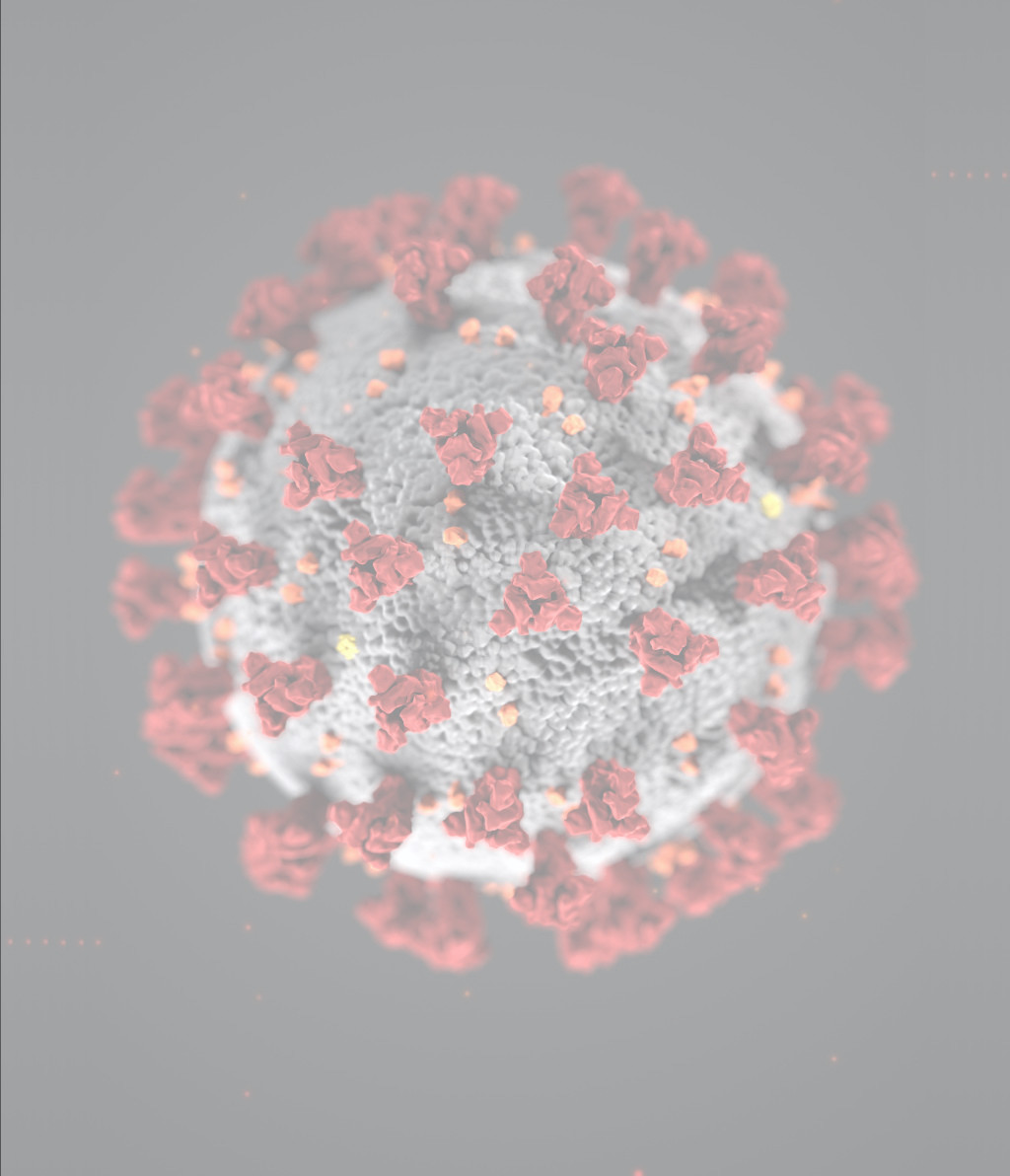
Poster Session
Poster Contributions
The poster session is an integral part of each Quark Confinement and the Hadron Spectrum conference, providing a forum for intense discussions and exchange. In 2022 it will take place on Tuesday August 2nd from 18:00h-20:00h. We encourage participants to consider posters as a means of contributing to the conference and will recognize them on an equal footing with contributed talks in the proceedings.
The poster session takes place in the Tjodhallen hall of the KE building.
Poster Prize
It is our pleasure to announce that this year two dedicated poster prizes will be awarded. A jury will select contributions based on scientific excellence and innovative potential. Each prize is endowed with a cash amount of 500EUR.
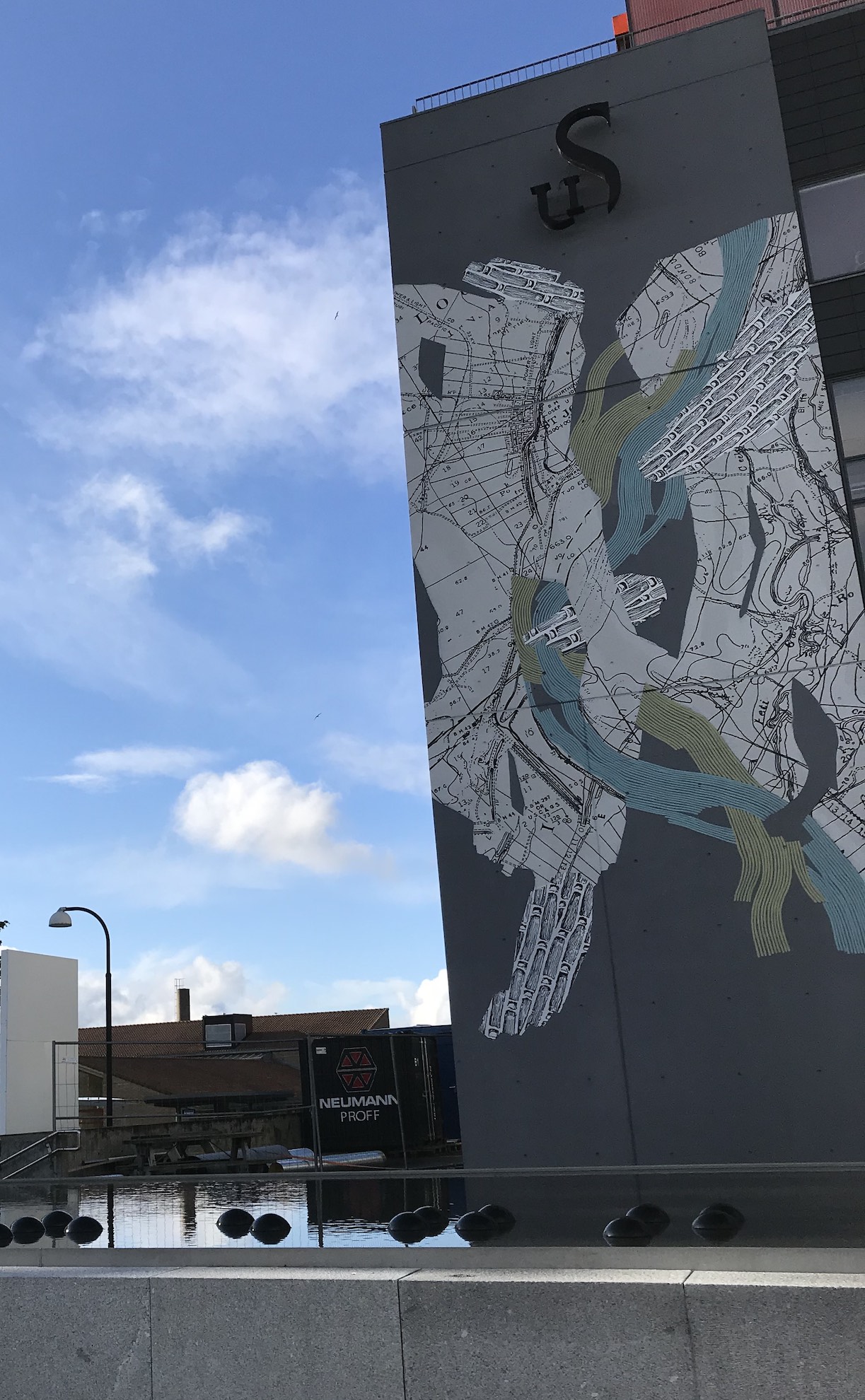
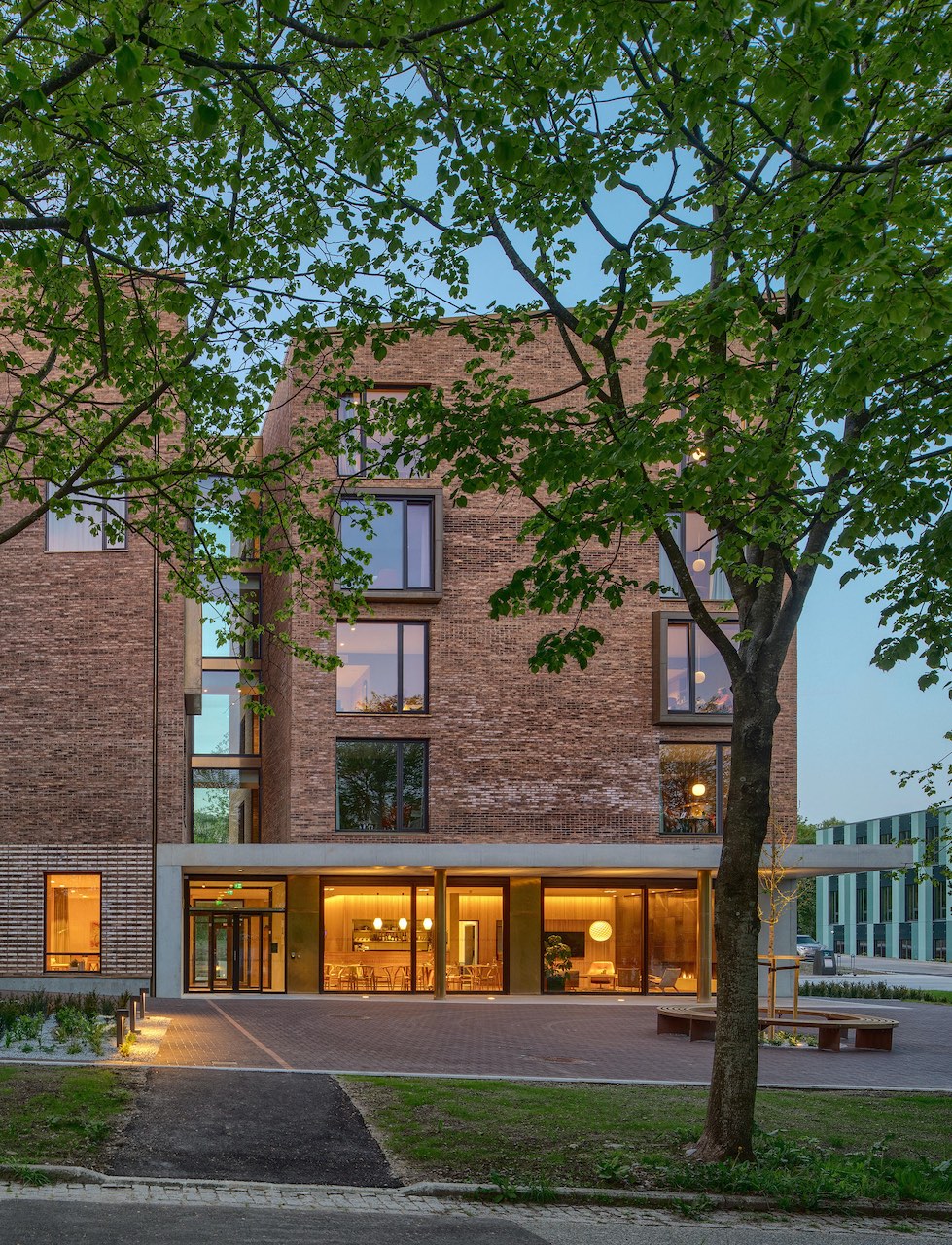
Staying at the Conference
Accommodations
Conference participants are requested to book their accommodations individually. A variety of hotel options are available in the city center ( via Google Maps ), easily connected to the conference venue via public transport (free ticket included in conference fee). The campus hotel Ydalir (http://www.ydalir.no/) is located conveniently close to the conference venue (3 minutes by foot) and AirBnB lists several options for the region ( https://www.airbnb.com )
Travel Options
Public Transportation
In order to easily transfer between the city center and the conference venue on the campus of the University of Stavanger, we are making available digital public transport tickets to all of our participants. If you let us know your mobile phone number during the registration process our collaboration partner Kolumbus can activate your phone to receive the free ticket in the Kolumbus app (available for IPhone and Android). Participants who do not posess a smartphone are kindly requested to let us know at least six weeks in advance to be provided with an analog ticket.
Sustainable travel
We have collected some useful links to help you make your travel to Stavanger more sustainable. I.e. in particular information on alternatives to flying for attendees in Europe; those with the time and opportunity to take this slower, more adventurous trip are invited to explore our suggestions below. If flying is your only option, we recommend, if possible, to limit the number of layovers to the minimum, as the extra distance flown and the extra contributions from take-offs and landings can significantly increase the per-trip emissions.
Overland travel in Scandinavia
Stavanger is connected by train and bus to Oslo and other major centers in Norway. From Oslo you can connect to train and bus services to Sweden and Denmark. See https://www.nor-way.no and https://www.nettbuss.com for long-distance coach services and https://www.entur.no for trains.
Ferries to Stavanger
Fjordline operates ferries to Stavanger from Bergen (for travelers from Norway) and Hirtshals, on the northern tip of Denmark. This last option can be combined with trains to reach Stavanger from central Europe with surface travel only.
Central Europe to Stavanger: train+ferry
A very good reference for train travel in Europe is https://www.seat61.com. According to this site, the best recipe to reach Stavanger is to get to Hamburg. From there you can take trains to Hirtshals and then the overnight ferry to Stavanger. For more details see
the following link. If you are close to one of the cities served by the Austrian night trains to Hamburg (Zürich, Frankfurt, Munich, Vienna, etc. map can be found here) you can take an overnight train to Hamburg, then continue the morning after to Hirtshals and finally take the overnight ferry, reaching Stavanger in about 36 hours with far less emissions.

Organizers
Local organizing committee
International Advisory Committee

